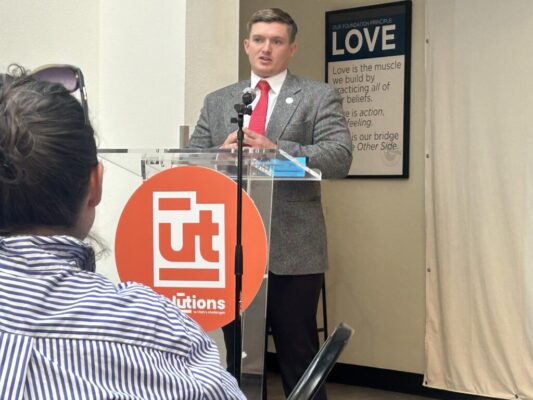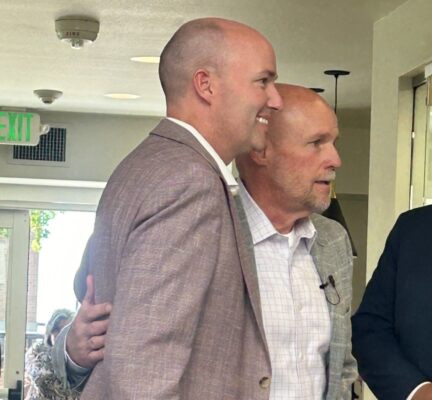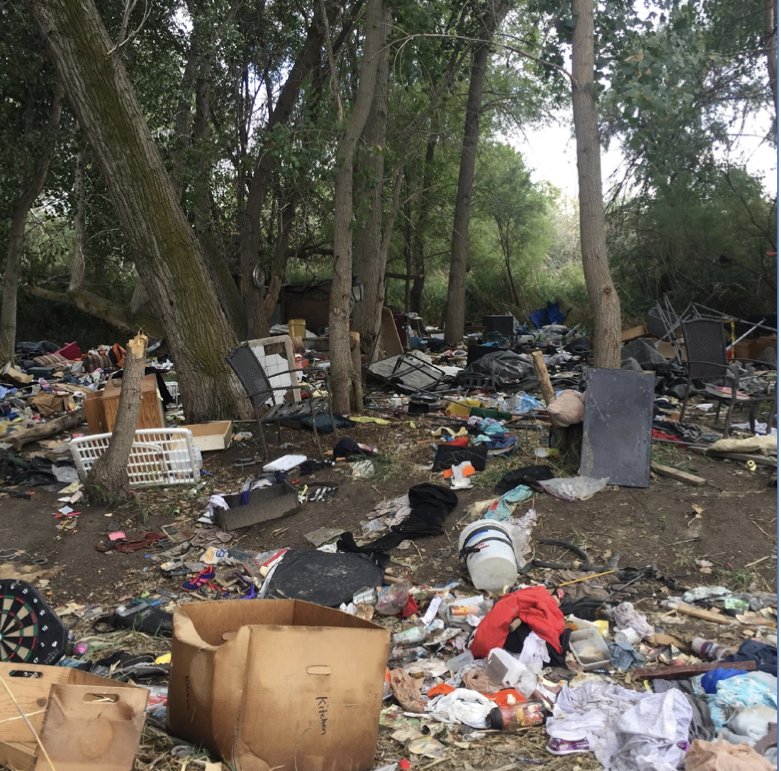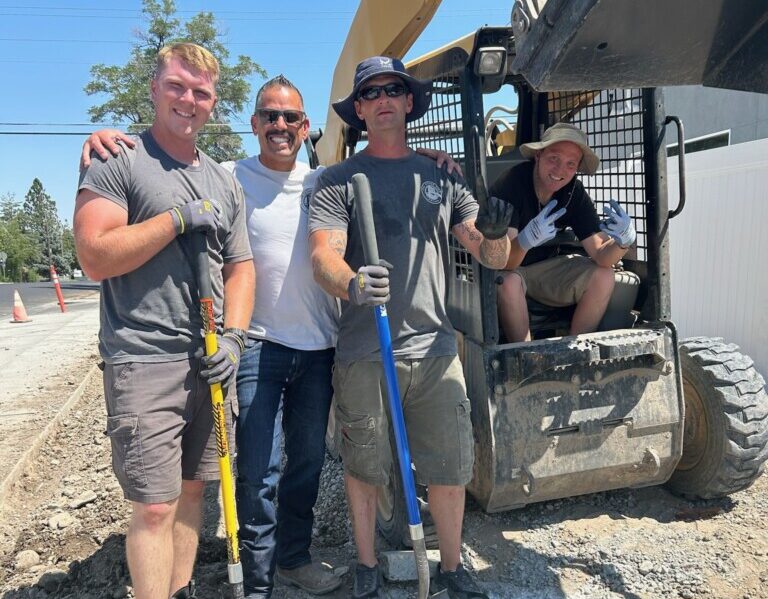Introduction: The Funding Paradox in Homeless Services
Why are the homeless organizations that are the most successful in transforming lives and the ones that receive the least funding from state and federal tax dollars? Solutions Utah (formerly the Pioneer Park Coalition) held a series of speeches and two-panel discussions on homelessness at the Other Side Academy (TOSA) headquarters. TOSA keeps growing both their recovery campus and the number of students enrolling in their program getting on the path of recovery. They boast a 90% success rate, with their graduates remaining clean and sober although they receive zero government dollars and maintain a self-funded facility.
Solutions Utah Conference Highlights
The Solutions Utah conference comes in the wake of a massive increase in the homeless population residing in Salt Lake City, coinciding with a spike in Utah’s housing prices and housing scarcity, which has been increasingly rising for the past three years.
TOSA’s Success Story: 90% Recovery Rate Without Government Funding
TOSA leans heavily on the theory that “personal accountability” is the key component to both recovery and maintaining a long-term job or career. They also believe that a recovery community and peer-to-peer support that involves daily work and responsibilities provides a sense of purpose far better for recovery efforts than Housing First policies, which is the model much of the nation has adopted.
Increasing Homelessness in Salt Lake City
Panelists and speakers offered their solutions to the increasingly worsening homeless problems plaguing Salt Lake City and the greater Wasatch Front. $2 billion was allocated in funding toward homeless problems, and much of this money was spent with zero accountability. This lack of accountability has soured the Utah State Legislature’s desire to put up additional money.

The Power of Personal Accountability
Institutional and personal accountability is not present at any of the state-funded Road Home locations Utah Stories has reported on. From a previous story we wrote in front of the Magnolia, residents who were attempting to gain sobriety were exacerbated by the ongoing drug abuse in the facilities, all-night parties, and an acceptance of an increasing death rate of the tenants seem to have become the new status quo.
TOSA’s Approach: Community and Responsibility Over Housing First
Utah Governor Spencer Cox, who spoke at the event appeared as a proponent of TOSA’s solutions, compared to the abysmal rates of government-funded programs (5-10% at best). Governor Cox said that he has often referred to this popular statement when discussing homeless services: “You can lead a horse to water, but you can’t make him drink.” Then Cox added, “But the horse has to be thirsty.” Cox said that policymakers need to ensure that more homeless individuals are “thirsty” because they cannot refuse all homeless services and sleep outside, destroying parks and neighborhoods by using drugs, and creating unsafe living conditions for everyone else.
Governor Cox’s Support for TOSA’s Methods
The conference began with an introduction by the Executive Director of Solutions Utah, Dale Keller, who formerly worked for the Salt Lake City Health Department. Keller showed a series of slides demonstrating the massive amount of garbage the County Health Department first removed from encampments around the Jordan River. “We pulled out 500 tons of garbage from the camps that were there, and we have been back with major clean-up efforts 14 times since our first trip in 2015,” Keller said. He showed how tent fires and death from fire and asphyxiation are not uncommon causes of death when so many are choosing to reside in tents.
Critique of Government-Funded Programs
Another speaker was Utah House Representative Tyler Clancy, who received a community leadership award for his efforts in helping to pass HB298, which has a number of measures to help mitigate homeless efforts. This bill that many legislators were praising included $50 million toward the construction of a much-needed new homeless shelter.
Lack of Accountability in State-Funded Homeless Services
Clancy works as a full-time police officer in Utah County and has experienced first-hand how the homeless epidemic and drug problems are wreaking havoc on communities. Clancy spoke to the need for greater community efforts from religious communities, law enforcement and recovery centers, and to end the belief that the number one thing a person needs who is drug addicted is Housing First. Clancy believes housing should be secondary to community and recovery, and TOSA exemplifies this.
Issues at The Road Home Facilities
Governor Cox said that he just returned from a Republican Governor’s conference in Louisiana and that homelessness was a major topic of what the Governors were talking about. “We are just on the verge of getting this right, here in the state of Utah,” he declared. “I’ve said that my number one priority is housing attainability. My number two priority is homelessness. I don’t think that number one excludes number two.” Cox said that if you look at the states with the highest costs for housing, those are the states experiencing the highest rates of homelessness so “there is a direct correlation between the two.” Number one and number two are definitely related. That is something that really impacted me.

Alternative Solutions and Legislative Efforts
Cox suggested everyone interested in solving the homeless problems plaguing the country read “The Least of Us” by Samuel Kehones. The author writes about the use of drugs and how drug companies started the opioid epidemic before the cartels then started distributing the drugs by riding Big Pharma’s coattails. “A significant amount of homeless people become homeless because of fentanyl and meth.” And since reading that book, Cox was able to spend time with Kehones. Governor Cox continued:
Tyler Clancy’s Advocacy for Community and Recovery
“Sam [the author] is really left-leaning, but he makes the argument that we have “swung the pendulum too far on the compassion side.” And he will say and I will say that you can never have too much compassion…” But some of our most compassionate people will say we will allow people to live in squalor and use drugs all day. This is not compassionate. These are our brothers, sisters, moms and dads. They need our help.”
Governor Cox on Housing and Homelessness Correlation
Cox added that with shelters currently at 98% capacity, there must be more spaces for people to go to. “I appreciate the legislature stepping up and allowing us to have the funding.”
Voices from the Conference
The second panel of speakers included Switchpoint’s Carol Hollowell who is also proving that work programs and living expectations for tenants is the key component to success. Hollowell pointed out that, “Some of the expectations that federal funding requires we found simply won’t work for us, because we need to maintain living standards to keep our residents in a safe environment.”
Insights from Dale Keller on the Environmental Impact of Homeless Camps
Noticeably absent from the speakers and panelists were the homeless power leaders, who direct the majority of homeless spending in Utah. Leaders Utah Stories has reported on such as State Homeless Coordinator Wayne Niederhauser, who has refused to return any of Utah Stories’ phone calls or inquiries. And Michelle Flynn, Executive Director of the Road Home, who also refuses to answer any questions related to the terrible state of many of the facilities under her authority, such as the Magnolia apartments.
Conclusion: The Need for Effective and Accountable Homeless Services
Why do TOSA and Switchpoint succeed while the state and federal government-funded programs fail? As Utah Stories has reported, when there are zero work requirements for tenants of Housing First units, many of the tenants are told they cannot work or they risk losing their benefits. Further, if there are no expectations of the tenants to stop using drugs, and no accountability to see people recover, recovery does not happen.






